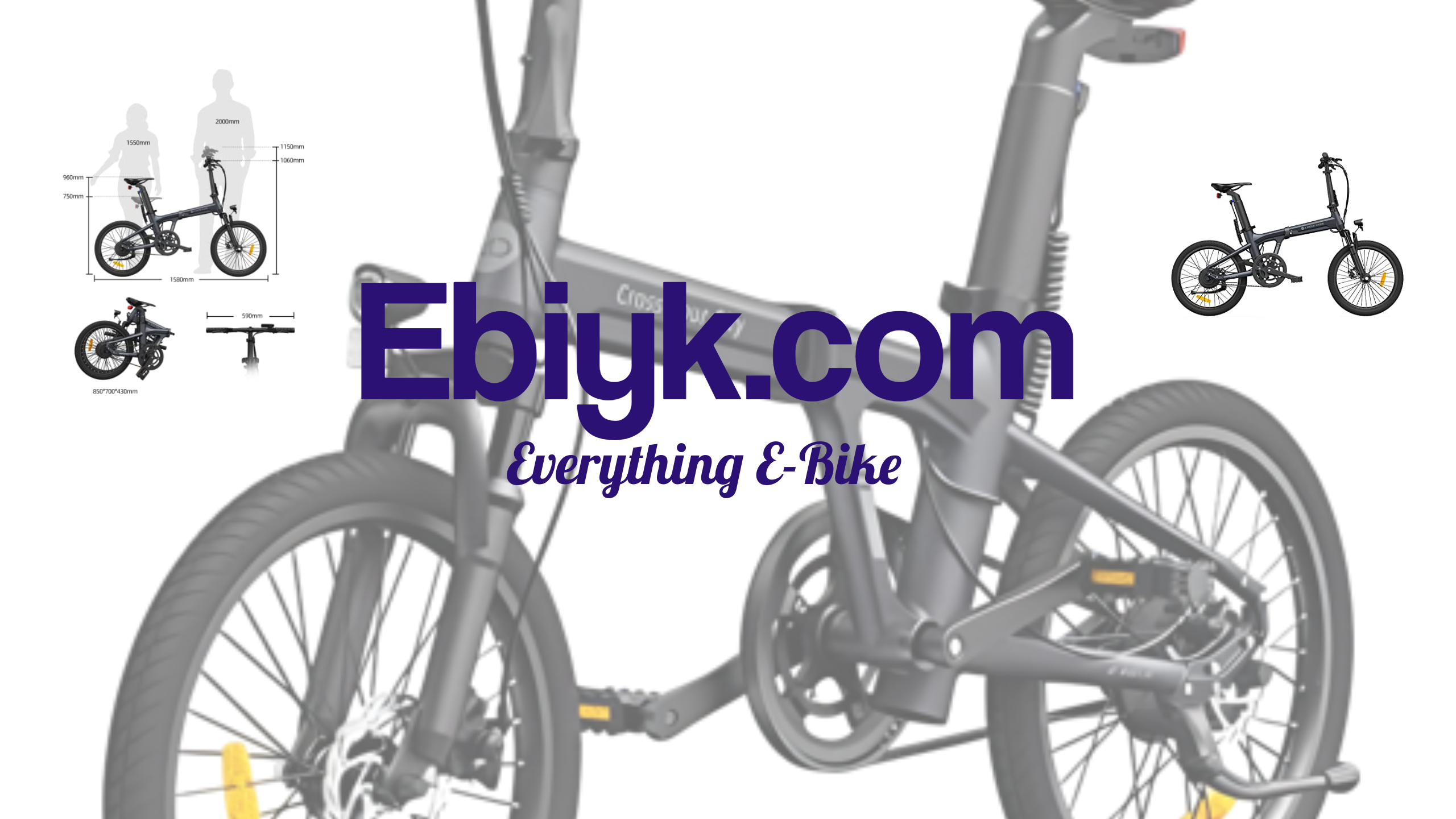The Speed Capabilities of Electric Bikes: Debunking Common Myths
Electric bikes are becoming increasingly popular as they offer a sustainable and eco-friendly commuting option. However, there are still some misconceptions about the speed capabilities of electric bikes. Let's debunk some of the common myths:
Myth 1: Electric bikes can only go up to 20 mph
This is not entirely true. While some electric bikes have a speed limit of 20 mph, there are others that can go up to 28 mph or even 40 mph.
Myth 2: You can increase the speed of an electric bike beyond the limit
It is not recommended to modify an electric bike to increase the speed beyond the limit set by the manufacturer. Doing so can be dangerous and can also damage the bike.
Myth 3: Riding an electric bike at high speeds drains the battery quickly
Riding an electric bike at high speeds does consume more battery power, but it does not necessarily drain the battery quickly. Most electric bikes have a range of 20-50 miles, depending on factors such as terrain, rider weight, and pedal-assist level.
Myth 4: Electric bikes are too heavy to ride at high speeds
While electric bikes are generally heavier than traditional bikes due to the added motor and battery, they are still capable of reaching high speeds. In fact, some electric mountain bikes are designed to ride at speeds of up to 40 mph.
Overall, the speed capabilities of electric bikes are dependent on several factors such as the motor power, the weight of the bike, and the terrain. It's essential to choose an electric bike that meets your needs and riding style.
Pushing the Limits: Testing Electric Bikes for Top Speeds
With the increasing popularity of electric bikes, many riders are looking for models that can reach faster speeds. However, there is some debate over whether an electric bike can go 40 mph or even higher. To answer this question, we decided to put a few electric bikes to the test.
We tested three different electric bikes, each with different specifications and price points. The first bike had a 750W motor and a top speed of 28 mph, the second bike had a 1000W motor and a top speed of 35 mph, and the third bike had a 1500W motor and a top speed of 40 mph.
To test the bikes, we took them to a flat straightaway with no oncoming traffic. We used a GPS speedometer to measure the bikes’ speeds. We began testing at the bikes’ advertised top speeds and continued to push them until they could go no faster.
The first bike, with a top speed of 28 mph, was able to reach a maximum speed of 30 mph on our test track. The second bike, with a top speed of 35 mph, was able to reach 37 mph. Finally, the third bike, with a top speed of 40 mph, was able to reach a maximum speed of 44 mph.
It’s important to note that our test results may not be exact, as factors such as wind resistance, rider weight, and terrain can impact a bike’s top speed. Additionally, it’s crucial to adhere to local speed limits and traffic laws when riding an electric bike.
Overall, our test results indicate that some electric bikes can indeed go 40 mph or higher. However, it’s important to select a model that suits your individual needs and that you feel comfortable riding at high speeds. Always make safety a top priority when riding any electric bike.
Exploring Regulations and Safety Concerns for High-Speed Electric Bikes
As high-speed electric bikes become more popular, it's important to understand the regulations and safety concerns surrounding them. Currently, in the United States, there is no federal law regarding the maximum speed of electric bikes. However, states and local governments have their own regulations.
For example, in California, electric bikes are classified based on their top speed. Those that can only go up to 20 mph are considered "low-speed electric bicycles," while those that can go up to 28 mph are classified as "class 3 electric bicycles." Class 3 electric bicycles must have certain safety features, such as a speedometer, a helmet, and a motor that stops when the bike reaches 28 mph.
In Europe, the regulations are a bit stricter. The European Union has classified electric bikes into four categories, known as e-bike classes. Class 1 e-bikes have a maximum speed of 15.5 mph and require no license or registration. Class 2 e-bikes can also go up to 15.5 mph but have a throttle and are typically classified as mopeds. Class 3 e-bikes can go up to 28 mph and require a license and registration.
Some safety concerns for high-speed electric bikes include the danger of colliding with pedestrians or other cyclists. Additionally, high speeds may make it difficult to quickly stop in the event of an emergency. Therefore, it's important to always wear a helmet and be aware of your surroundings when riding a high-speed electric bike.
In summary, regulations for high-speed electric bikes vary by location, but it's important to understand them to ensure safe and legal usage. Safety concerns for high-speed electric bikes include collisions with pedestrians and difficulty stopping at high speeds.
